NLP - Natural Language Processing in Python Chatbot GPT 2024
Loại khoá học: Data Science
Learn Natural Language Processing (NLP) Creating Chatbot ,RASA, ChatGPT , BERT, Transformers, Chat GPT 4, Open AI GPT
Mô tả
Practical Natural Language Processing - Go form Zero to Hero
Natural language processing (NLP) is a field of computer science, artificial intelligence, and linguistics concerned with the interactions between computers and human (natural) languages. As its name suggests, NLP is about developing techniques to process and analyze large amounts of natural language data.
NLP is an important field because it helps us to better understand human communication. By developing algorithms that can automatically process and analyze language data, we can gain insights that would not be possible through manual methods. Additionally, NLP can be used to build applications that humans can interact with more easily and efficiently, such as chatbots and voice-activated assistants.
There are many benefits to learning natural language processing. Here are just a few:
NLP can help you to better understand human communication.
NLP can be used to build applications that humans can interact with more easily and efficiently.
NLP can help you to automate tedious tasks such as information extraction from unstructured text data.
NLP can improve the usability of search engines and other information retrieval systems.
Learning NLP can open up career opportunities in a variety of industries, including software development, data science, and marketing.
NLP is an interdisciplinary field, which means that it draws on knowledge from a variety of disciplines, including linguistics, computer science, artificial intelligence, and psychology.
NLP is a rapidly growing field with exciting new research being published all the time.
We have designed this course such a way that, as a practitioner you will learn the core topics described below:
A Collection of Important Sections to help you understand the uniqueness of Text data and the methods to process it:
In the Learning Journey, you will the Important Topics in Text Processing like :
Text Preprocessing
Working on NLP pipeline
Tokenization
Stemming
Lemmatization
Word Embeddings
NLP Pipeline for various tasks
Named Entity Recognition
Text Summarization
Building an Enterprise Grade Chatbot with Dialogflow :
In this section, you will build an Enterprise Grade Chatbot using the Widely used Platform Google Cloud Platform service - DialogFlow. In the course of the journey, you will learn how to build the chatbot from scratch, and get the advantage of the Advanced Machine Learning models of Google, and use it with few clicks, and ready to implement for your own projects.
Building a project on Twitter Tweets:
In the Hands On Project of this section, you will learn about working with Social Media Platform - Twitter, learn how to make use of Tweepy library , perform data extraction, data mining, data preprocessing on text data, and then create World Cloud on the Basis of Tweets created on Realtime. Its a End to End Project.
Build Chatbot with RASA with Advanced Integration:
Rasa is an open-source chatbot framework that helps businesses build contextual assistants. It is a set of tools that enables businesses to build, train, and deploy AI-powered chatbots. With Rasa, businesses can provide their customers with engaging and personalized experiences at scale. In this course, you will learn about its Business Use case , its implementation from scratch and integration with Slack channel so that you can start using on your projects. The chatbot can also retrieve the News from New York Times website that can answer as per the user request.
Deep Learning for Sequence Data:
Apart from the ML aspects, we are also going to consider the Deep Learning Neural Networks to work with text data. Recently, the progress of NLP research on text classification has arrived at the state-of-the-art (SOTA). It has achieved terrific results, showing Deep Learning methods as the cutting-edge technology to perform such tasks. As part for your learning journey, you will learn about the Recurrent Neural Networks, LSTM Neural Networks and Attention Mechanism for Encoder-Decoder Architecture.
Transformer NLP Architecture:
Transformer NLP is a type of NLP that uses a deep learning approach to solve natural language tasks. This technology has revolutionized the way businesses process and analyze language-based data, making it easier than ever before to extract meaningful insights from large amounts of text. Let's take a look at how Transformer NLP works and how it can be used in the business world.
ChatGPT:
ChatGPT is a revolutionary new AI technology that can help businesses save time and money. It stands for “Chatbot Generated Processes and Tasks”, and it uses natural language processing (NLP) to automate mundane business tasks such as customer support, onboarding, training, sales and marketing. I You will learn the intuition behind the ChatGPT in this course.
BERT Model:
BERT stands for Bidirectional Encoder Representations from Transformers. It is a type of artificial intelligence (AI) designed to understand natural language better than ever before. It can be used for tasks such as sentiment analysis, question-answering, and text summarization. The technology was created by Google AI researchers who wanted to create a more robust system for understanding human language. You will explore in this course about the core Architecture of BERT in this section
Hugging Face Transformers:
Hugging Face transformers is a platform that provides the community with APIs to access and use state-of-the-art pre-trained models available from the Hugging Face hub. In the Advanced Modules of this course, you will learn how to implement the State of the Art Models from the Hugging Face Hub, and implement it on the Hands On manner.
Bạn sẽ học được gì
Text Preprocessing using NLTK and Spacy
How to work on NLP pipeline
Perform Tokenization
Stemming & Lemmatization
Apply Word Embeddings
NLP Pipeline for various tasks
Named Entity Recognition
Text Summarization
Building an Enterprise Grade Chatbot with Dialogflow
Building a project on Twitter Tweets
Build Chatbot with RASA with Advanced Integration
Deep Learning for Sequence Data
Transformer NLP Architecture
ChatGPT
BERT Model
Hugging Face Transformers
Yêu cầu
- Access to Google Colab/Jupyter Notebook
- Basic to Intermediate Python Programming skills
- Optional – GCP free trial account
Nội dung khoá học
Viết Bình Luận
Khoá học liên quan

Đăng ký get khoá học Udemy - Unica - Gitiho giá chỉ 50k!
Get khoá học giá rẻ ngay trước khi bị fix.


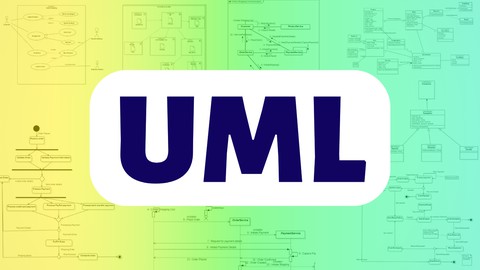
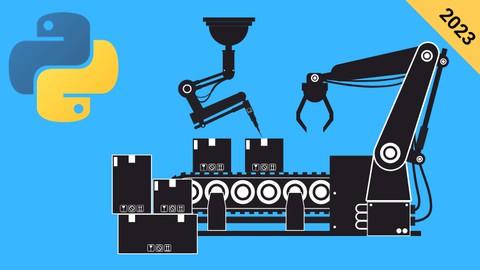
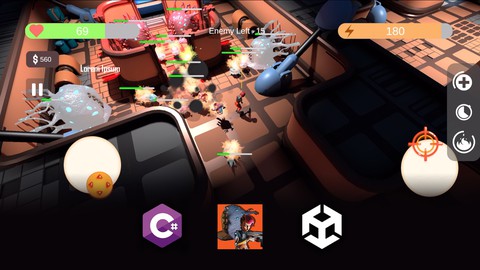

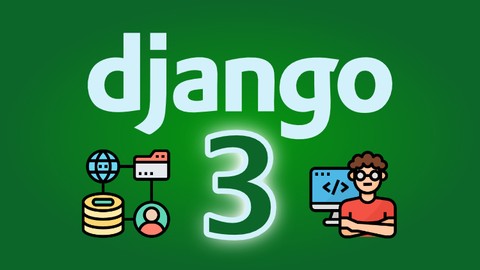
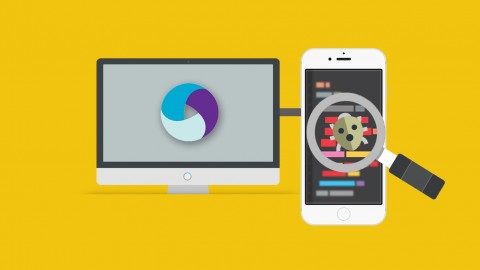



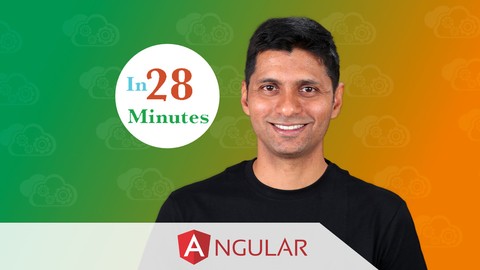
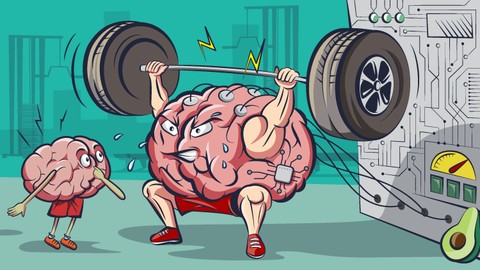

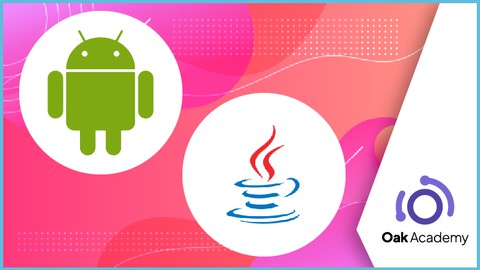



Đánh giá của học viên
Bình luận khách hàng